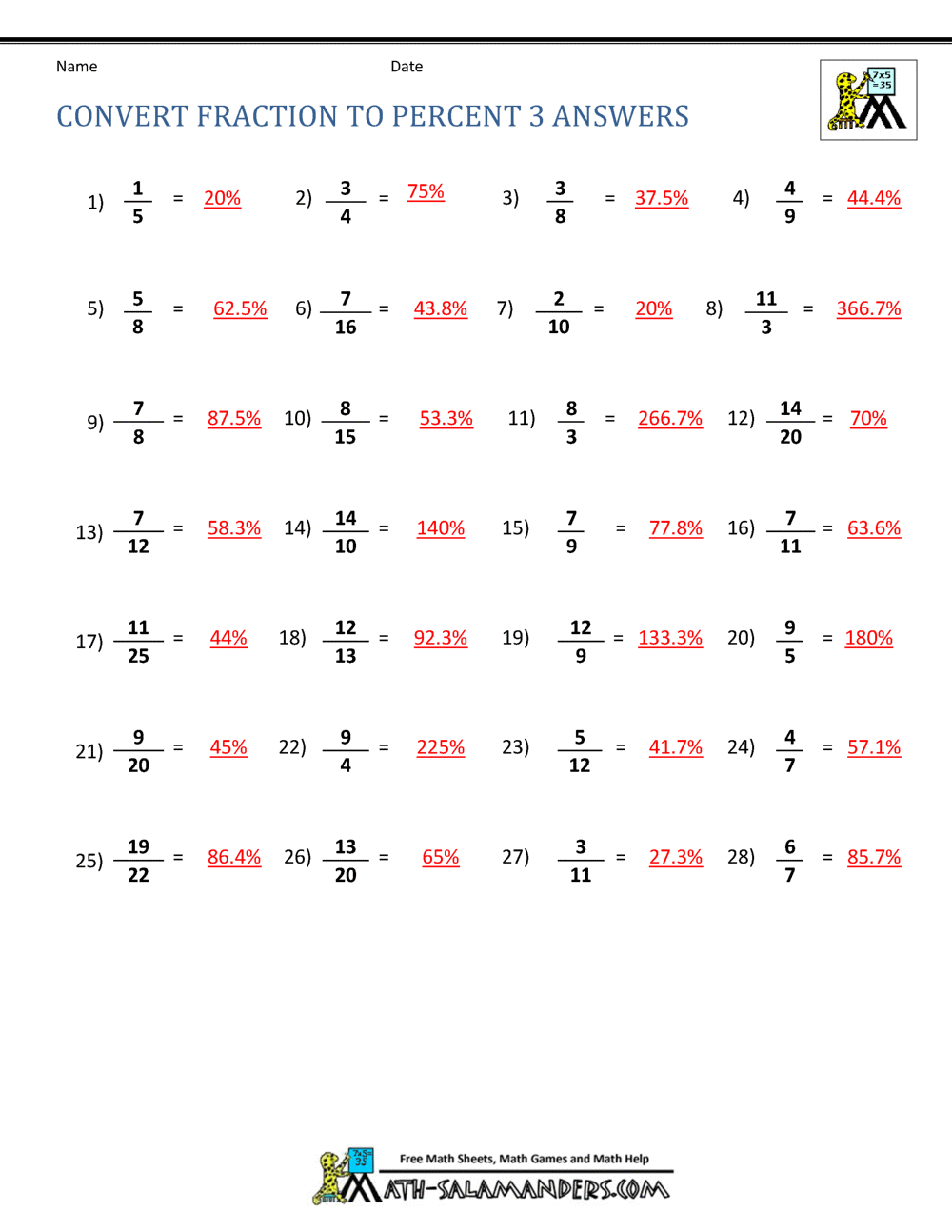
Multiply it by the percentage you are looking for
Explain fraction percentages full#
You are then going to take that off the full price to find out what the laptop will cost you. The percentage that you need to find is 20%, or the discount offered by the supplier. In this example, the whole is £500, or the cost of the laptop before the discount is applied. How much will the laptop cost from that supplier? You have checked local suppliers and one company has offered to give you 20% off the list price of £500. Let’s suppose that you want to buy a new laptop computer. This is easiest to understand with an example.

Work out the value of 1%, then multiply it by the percentage you need to find. The general rule for finding a given percentage of a given whole is: This is partly why so many countries use a metric system of measurement and decimal currency.

Importantly, this also makes it much easier to make comparisons between percentages (which all effectively have the common denominator of 100) than it is between fractions with different denominators. It is much simpler to work with parts of 100 than thirds, twelfths and so on, especially because quite a lot of fractions do not have an exact (non-recurring) decimal equivalent. We use percentages to make calculations easier. For example, if there had been 200 cells in the grid, each percentage (1%) would be two cells, and every cell would be half a percent. The answer is that you convert the individual elements that make up the whole into a percentage. It is easy to work out the percentage when there are 100 individual ‘things’ making up the whole, as in the grid above. Again, out of 100 cells, 17 are white, or 17%. There is one red cell, two green, five blue, 25 purple, and 50 yellow.



 0 kommentar(er)
0 kommentar(er)
